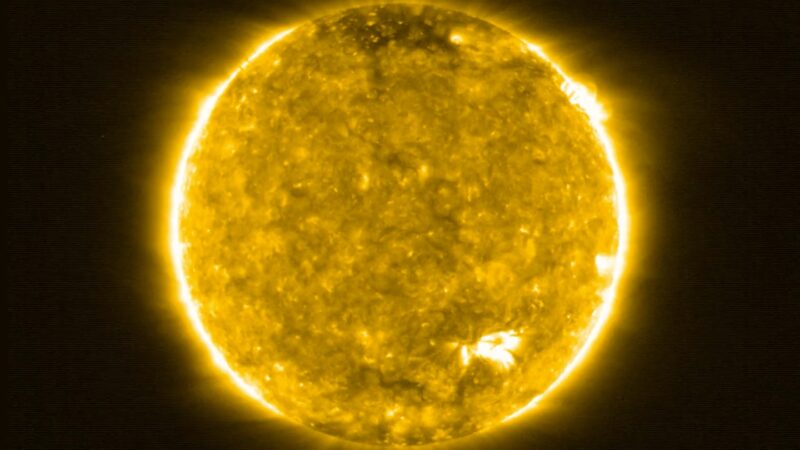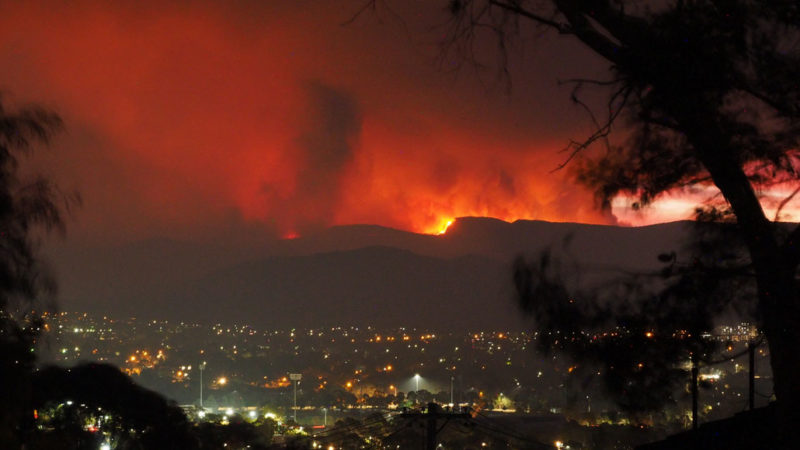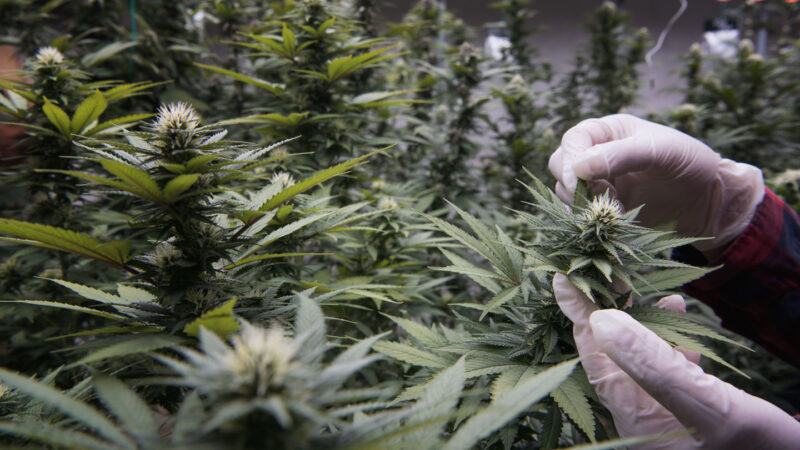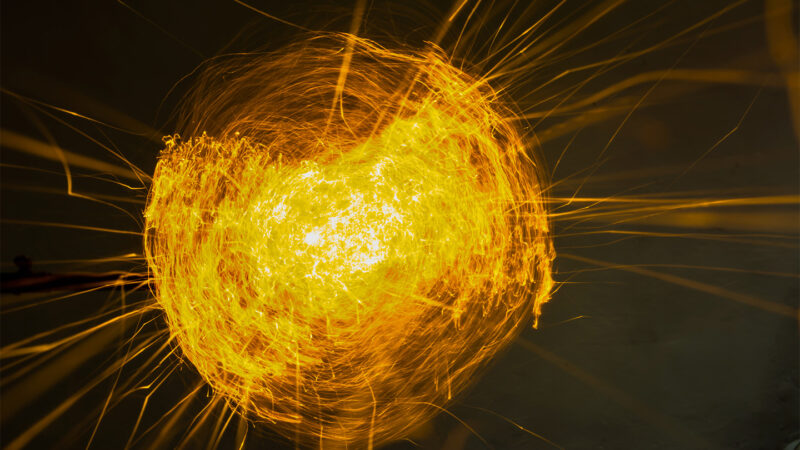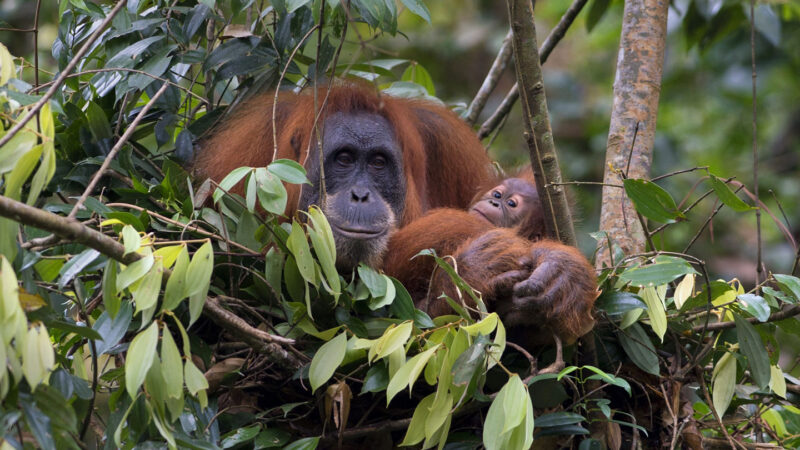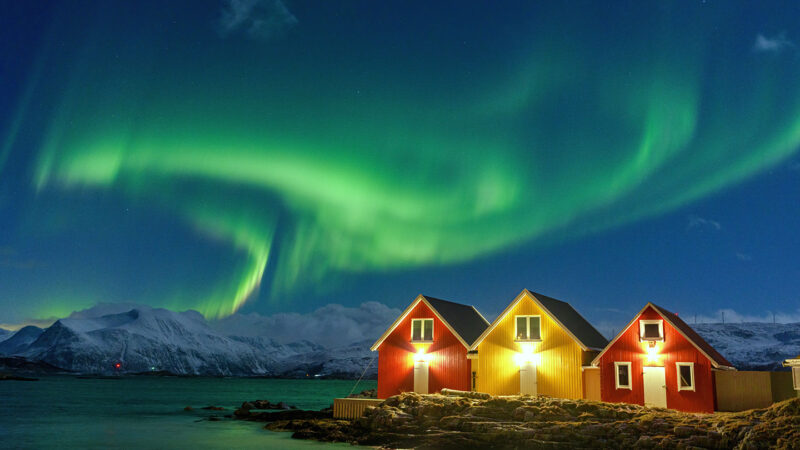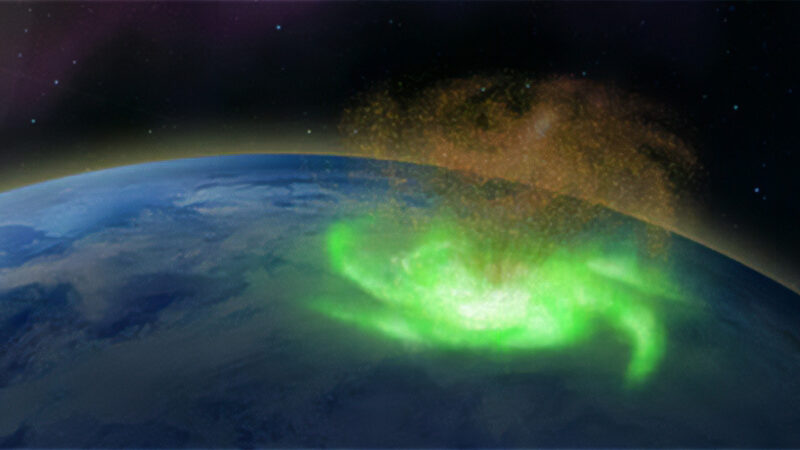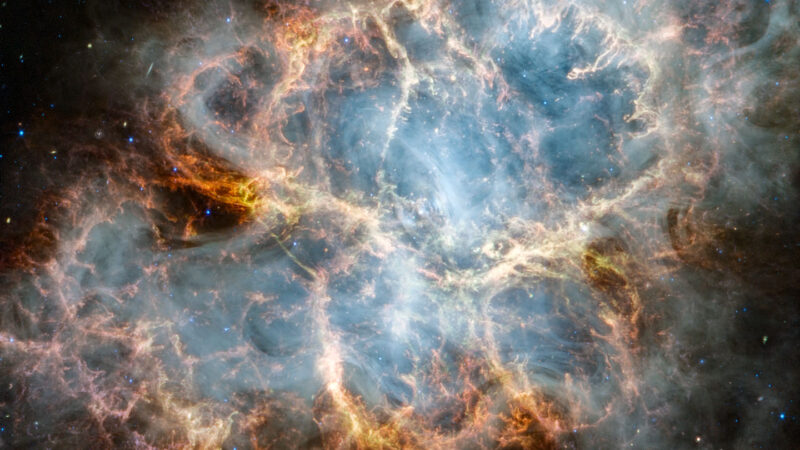Clouds form when water molecules in the air stick to certain tiny particles — think of them as seeds. Scientists have now discovered an unexpected source of those seeds.
When two layers of Earth’s atmosphere overlap, chemicals in each layer can mix and react. These reactions can form the tiny new particles around which clouds begin to form. In fact, this may be the most common way that the seeds for clouds form. That’s the finding of a study in the July 12 Science.
Earth’s atmosphere has five layers. We live in the troposphere. It’s the lowest one. It also has the densest air. The stratosphere, right above it, has thinner air. It also contains different chemicals than those in our layer.
Scientists had thought most new atmospheric particles form in the upper troposphere. Clouds would rise into this region and then shed rain. That rain would carry away the existing particles. Gases left behind would have almost no solid particles left to glom onto. So new clouds would not develop until new particles formed.
In the new study, researchers looked at data collected during a series of flights by NASA aircraft. Many particles are formed when the stratosphere dips a toe into the upper troposphere, they found. They call this stratospheric air intrusion. It’s caused by the jet stream, a fast-moving current of air.
And it just might be the most productive place on Earth for cloud-forming particles, the new data suggest.
It all starts when the gases mix
The stratosphere is cold and enriched with a type of oxygen known as ozone. The troposphere is warmer. It’s moister and contains a variety of other gases. Sunlight and water cause molecules in these air masses to react chemically. This can generate different types of tiny particles, explains study coauthor Jian Wang. He’s an aerosol scientist at Washington University in St. Louis, Mo.
The newly made particles include sulfate (SO4), which seeds clouds.
However, “We don’t really understand the mechanisms in detail,” Wang says. “We know from the data that … you need sunshine, high ozone and moisture” to produce molecules known as hydroxyl (OH) radicals. These gas molecules eagerly react with other gases high above Earth. So there are probably many different chemical reactions going on up there. And they’ll produce a variety of new gases and particles. Exactly which and how many particles are being formed is a question for future research, Wang says.
Stratospheric intrusions may be an especially big source of such new particles in Earth’s midlatitudes. Those are regions such as the continental United States — ones that are not close to either the poles or the Equator.
Climate change is expected to speed up stratospheric circulation. In the future, that could cause the stratosphere to poke into the troposphere more frequently. If it does, stratospheric intrusion may become even more important in forming new particles, Wang says.
This newly reported role for jet streams in particle formation has been long overlooked, says Yuanlong Huang. He did not take part in the new study. An atmospheric aerosol chemist, Huang works at the Eastern Institute for Advanced Study. It’s in Ningbo, China.
Right now, he notes, stratospheric intrusion is not yet accounted for in computer models that simulate weather and climate. In other words, these particles may play a bigger role than scientists once thought in how incoming sunlight is distributed on Earth. That includes how much of the sun’s rays reach the planet’s surface. It also includes how much of the sun’s energy aerosols and clouds absorb high in the atmosphere.

